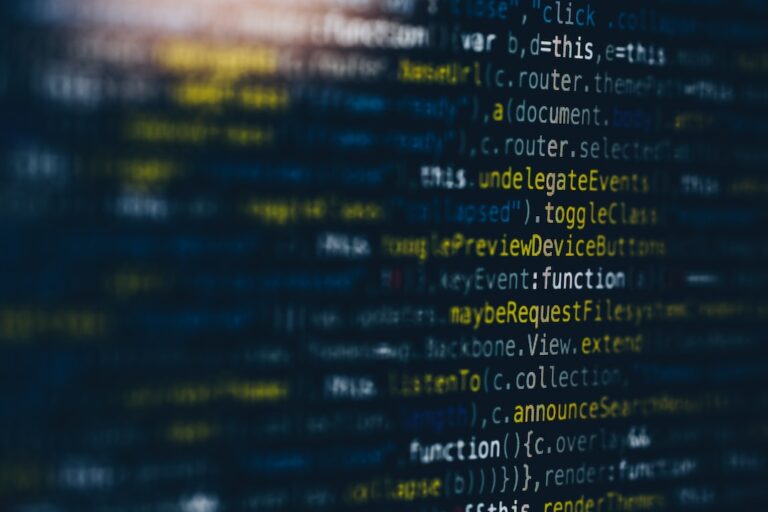Python, a versatile and widely-used programming language, offers a plethora of built-in functions to simplify coding tasks. Among these, the print() function stands out due to its ubiquity in almost every Python script. While most developers are familiar with its basic usage, few harness the full potential of its end and sep parameters. In this article, we delve deep into these parameters, elucidating their functionalities and showcasing their applications.
The Essence of the print() Function
In Python, the print() function serves as the primary means to display information on the console. While its basic usage is straightforward, the function's true power lies in its flexibility, particularly with the end and sep parameters. These parameters empower developers to format their output meticulously, tailoring it to specific requirements.
Unraveling the end Parameter
The end parameter in the print() function allows developers to determine the string that appears after the function's output. By default, this parameter is set to the newline character (\n), ensuring that subsequent print() calls display their content on new lines. However, the versatility of the end parameter means that it can be customized to any string or character.
Syntax:
print("Your content here", end="Your chosen end string")Example:
print("Hello", end=", ")
print("World!")Output:
Hello, World!In the example above, the output from the two print() functions appears on a single line, separated by a comma and a space.
Deciphering the sep Parameter
The sep parameter, another gem within the print() function, determines the string used to separate multiple items passed to the function. Its default value is a single space, ensuring a space between items. However, similar to the end parameter, sep can be customized to any desired string.
Syntax:
print("Item1", "Item2", sep="Your chosen separator")Example:
print("Hello", "World", sep=", ")Output:
Hello, WorldIn this instance, the two words are printed on the same line, separated by a comma.
Contrasting sep and end
While both sep and end influence the formatting of the print() function's output, they serve distinct purposes:
- sep: Dictates the string separating the items passed to the
print()function. - end: Determines the string that follows the function's output.
For clarity, consider the following code:
print("Hello", "World", sep=", ", end="!")Output:
Hello, World!Here, the words "Hello" and "World" are separated by a comma due to the sep parameter, while the exclamation mark at the end is courtesy of the end parameter.
Real World Examples of end and sep
To truly appreciate the versatility of these parameters, let's explore some practical examples:
Using sep:
# Comma-separated output
print("Apples", "Bananas", "Cherries", sep=", ")
# Tab-separated output
print("Name", "Age", "Occupation", sep="\t")
# Dash-separated output
print("Python", "Programming", sep="-")Using end:
# Ending with a question mark
print("How are you", end="?")
# Ending with ellipsis
print("Loading", end="...")
# No ending character
print("This is a continuous line", end="")Combining both parameters:
print("First", "Second", sep=" -> ", end=" -> Third\n")Conclusion
Python's print() function, with its end and sep parameters, offers unparalleled flexibility in formatting console output. By mastering these parameters, developers can produce cleaner, more readable outputs tailored to their specific needs.
Frequently Asked Questions (FAQs)
1. How do the sep and end parameters enhance the print() function?
The sep and end parameters provide developers with granular control over the output format of the print() function. While sep determines the string separating multiple items, end specifies the string that concludes the output. Together, they allow for a wide range of formatting options.
2. Can I use special characters with the sep and end parameters?
Absolutely! Both parameters accept any string, including special characters. For instance, you can use \t for a tab space or \n for a newline.
3. What happens if I don’t specify values for sep and end?
By default, the sep parameter uses a space (" ") to separate items, and the end parameter appends a newline (\n) after the output. If not explicitly set, these default values are applied.
4. Can I use the sep and end parameters simultaneously in a single print() call?
Yes, you can. Both parameters can be used in the same print() function call, allowing for intricate formatting combinations.
5. How do sep and end impact the performance of my Python script?
The impact on performance is negligible. While using these parameters might slightly alter the execution time due to string processing, the difference is typically imperceptible in standard applications.
6. Are there any other parameters in the print() function that I should be aware of?
While sep and end are among the most commonly used, the print() function also has other parameters like file (to specify where the output is sent) and flush (to determine whether the stream is forcibly flushed). However, for most everyday tasks, sep and end will be the primary parameters of interest.
7. Can I use the sep and end parameters outside of the print() function?
No, these parameters are specific to the print() function in Python. They cannot be used with other functions or in other programming languages unless those functions or languages have defined similar parameters with the same names and purposes.


